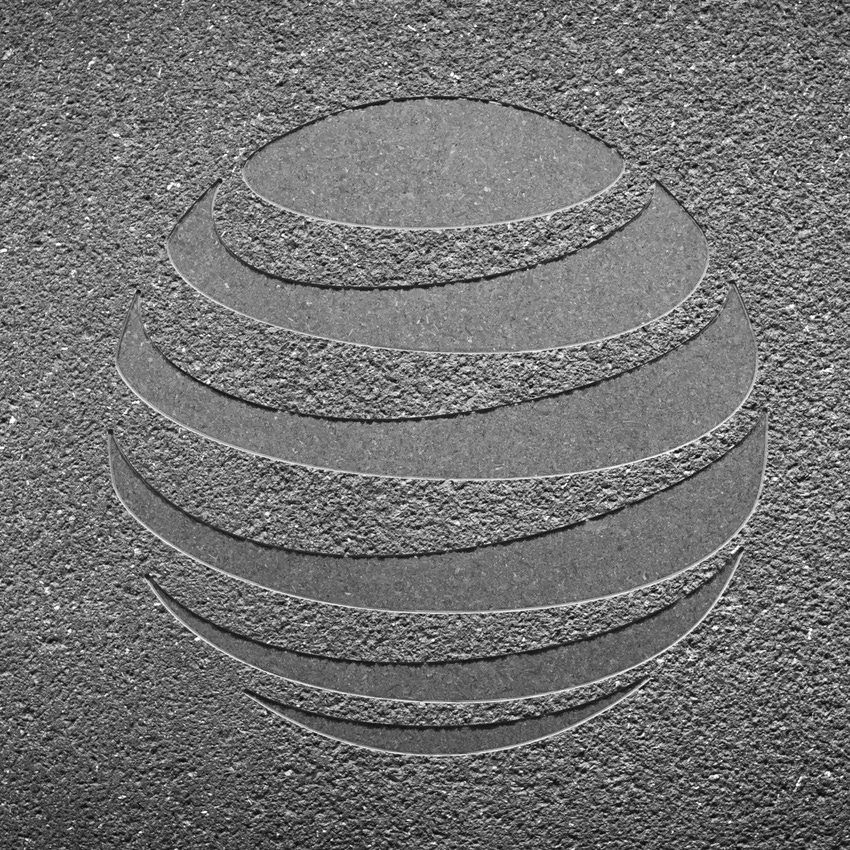AT&T's Network EVP Chris Sambar said the company benefits from architectural changes, improved technology, hard work and better-than-expected results in the field.

AT&T's moves to build out its 5G network using midband spectrum were among many highlights for the carrier as it turned in a solid financial performance during the third quarter.
One of the first stats to jump off the page is AT&T's midband 5G coverage: The company said it now covers around 100 million people and expects to significantly exceed its initial 2022 coverage targets for the "Goldilocks spectrum."
Light Reading's Mike Dano explained the midband mojo in January, "Unlike lowband 5G, it supports impressive speeds. And unlike highband, millimeter wave 5G, it covers wide geographic areas."
CEO touts fiber, 5G push
For AT&T, more midband coverage means more of everything. "The demand for fast and reliable 5G and fiber is at an all-time high, and our disciplined and consistent go-to-market strategy continues to resonate," AT&T CEO John Stankey said during the company's call with financial analysts, according to Atom Finance.
Right after thanking the FirstNet team for its handling of the disaster recovery efforts related to Hurricane Ian, Stankey called out the 5G network team. "I'd also like to say thank you to our teams for their solid execution in deploying our midband 5G spectrum and building out best-in-class fiber-based access solutions," he said.
Behind the midband buildout are overlapping trends that seem to be helping AT&T shore up its competitive position against T-Mobile and others.
AT&T said at the beginning of the year that it would reach 70 million people with midband 5G by the end of 2022. But during the earnings call, CEO Stankey said the teams deploying midband 5G were moving quickly and efficiently and "the spectrum assets we're rolling out are performing even better than our high expectations."
How much higher? Stankey continued: "As a result, we've achieved our already increased year-end target of 100 million midband 5G PoPs [points of presence, which roughly equates to people] and now expect to reach more than 130 million people by the end of the year, nearly double our expectations when we entered the year."
Figure 1:  (Photo: Phil Harvey/Light Reading)
(Photo: Phil Harvey/Light Reading)
Behind the midband moves
"We were a bit conservative because we had some supply chain concerns like getting the equipment we needed to get into the network fast enough to get us past 70 million," explained Chris Sambar, EVP, AT&T Network, in a call with reporters following the company's earnings announcement.
"We made some architectural changes as a result of that to help us get past those supply chain issues. And then the team executed and executed incredibly well," he added, but opted not to opine on the architectural changes due to competitive concerns.
Earlier, Light Reading reported on part of AT&T's technology approach to deploying midband spectrum. "AT&T officials recently said the company is embarking on a strategy to centralize the company's new midband RAN deployments," Light Reading reported last month. "Called 'hubbing' in AT&T parlance, such deployments essentially involve a centrally located baseband installation that connects to several nearby radio (cell tower) deployments."
Again, it's tough to say if this is giving AT&T the boost, but it could be a contributing factor. In the call with reporters, Sambar also noted two other major factors.
Another contributing factor to the 5G buildout speed is newer, improved radio technology. Sambar said, "the performance of those massive MIMO radio antenna configurations has been really strong. We're impressed with the efficiency of those units and the coverage that they're providing."
The third reason Sambar gave for the buildout efficiency is just that, sometimes, real-life results look better than what they can model in a laboratory.
He noted the team did modeling in a lab using AI and tried to pinpoint the propagation of a specific band, but real life still surprised them. "Until you deploy it and do a drive test, you don't know what that propagation is going to be. The propagation is better than we thought it was going to be," Sambar said.
"So you put all that together, and it's a combination of great execution and some great technology. And, combined, that's given us a significant boost to the POPs-covered number that we originally entered the year at," Sambar added.
CEO Stankey said the company's midband reach is already helping with AT&T's network. "This progress is benefiting our customers as well. In fact, since the start of the year, our already consistent download speeds have increased materially as a result of our midband deployment," he said.
A few minutes later, he spiked the ball. "Our results demonstrate the strategy we put forward more than two years ago is the right strategy for not only the future of our business but for the future of the communications industry," Stankey said. "We're focused on creating sustainable and scalable businesses that drive a free cash flow flywheel for many years."
Related stories and posts:
— Phil Harvey, Editor-in-Chief, Light Reading
About the Author(s)
You May Also Like











